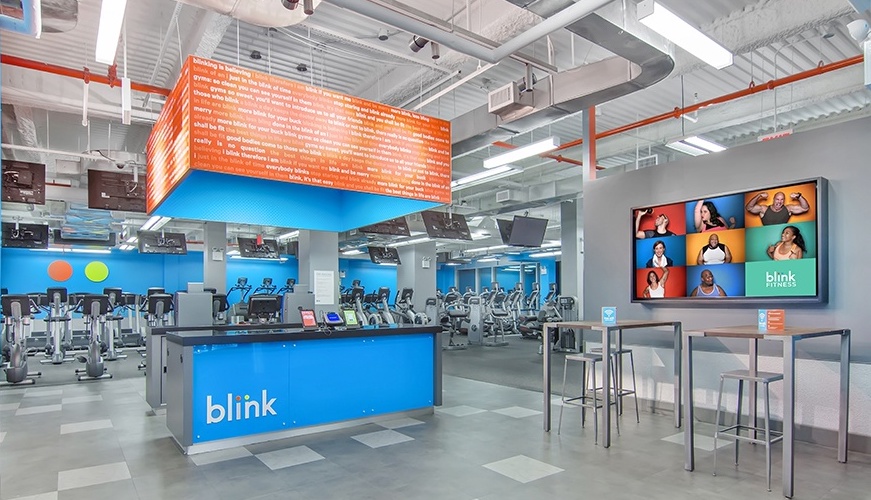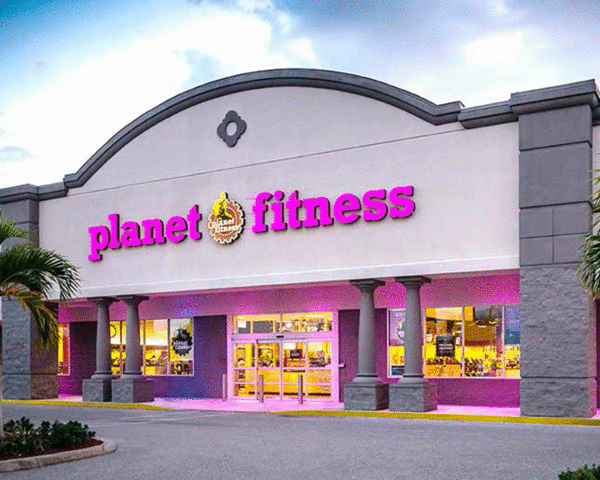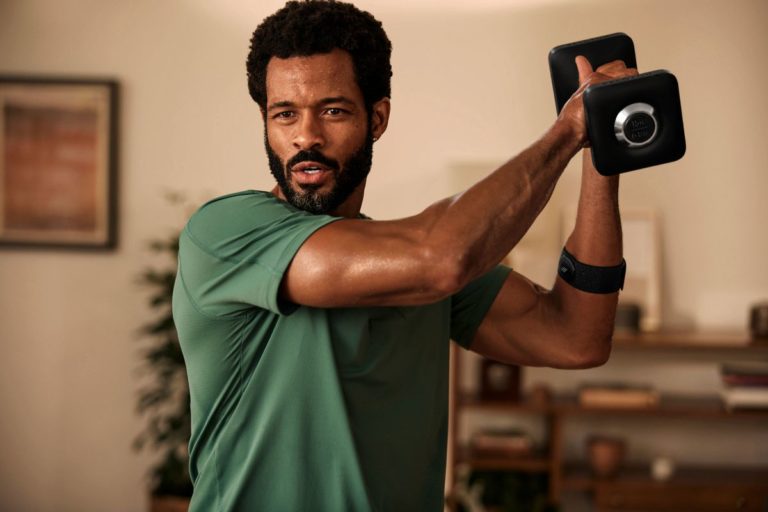With big-box stores struggling to stay relevant during a time when iconic brands like Sears declare bankruptcy, fallout from a retail apocalypse is creating a world of opportunity for fitness providers. From budget gyms and boutique studios to high-end health clubs, fitness is filling the void left by brick-and-mortar retailers.
In an about-face, real estate developers have taken to recruiting gyms as anchor tenants in a variety of projects — from malls to shopping centers and apartment complexes to office buildings. As Sandeep Mathrani, CEO of Chicago-based GGP Inc., told the WSJ, retail’s retraction “is giving us a chance to reinvent the wheel.” And fitness is playing a central role in that makeover.
Years ago, gyms were basically blacklisted by malls. According to Steven Gartner of CBRE, health clubs appeared on a list of “prohibited uses” alongside “massage parlors, billiards halls, and pawn shops.” Why? Gyms were thought of as attracting visitors who take up parking spots and walk around in sweaty clothes, or who don’t shop at all. But a shift in spending habits proved these assumptions wrong.
In 2017, the US fitness and health club industry grew to $30B, attracting some 60M members. Among those members, IHRSA found that 40% of reported household incomes exceeded $100,000, compared to 26% of households in the overall US population. Meanwhile, boutique concepts were booming. As studios packed their classes full of members paying $30 per session, the perception of the gym-goers began to change. Plus, in stark contrast to retail apparel sales that have completely stagnated over the past decade, health and beauty sales grew more than 34%. Suddenly, gyms, studios, and their members were in high demand.
But it’s not as though developers had much of a choice. Facing increased competition from the likes of Amazon, foot traffic plummeted and retail vacancies soared. In response, malls and shopping centers began moving toward the idea of “place making”, and fitness providers spotted an opportunity.
Since 2013, the amount of square footage leased by gyms and fitness centers in malls has grown 70%, according to CoStar Group. And in 2017, Planet Fitness leased more new square footage in US malls than anyone else. With more than 12M members, 1,700+ locations, and plans to reach 4,000 gyms in total, Planet Fitness sees vacant malls and empty big-box stores as being central to their growth. The same goes for Life Time, Gold’s Gym, and Equinox’s Blink Fitness.
And boutique studios are getting in on the action too. From New York City to San Francisco and Chicago to DC, boutique fitness is becoming an essential building block of new retail projects. In some instances, entire developments are being devoted to health and fitness. In Boston, FITRow houses five studios—Club Pilates, TITLE Boxing Club, Orangetheory Fitness, barre n9ne, and CycleBar—and a Squeeze Juice Company under one roof, with a shared entrance. San Diego’s One Paseo pairs a SoulCycle with Joe & The Juice, Tender Greens, and Sweetfin Poké. And two new projects in Cleveland, Pinecrest and The Van Aken District, are putting fitness front and center.
However, where some see dollar signs others see red flags. Jan Kniffen, CEO of J. Rogers Kniffen Worldwide Enterprises told CNBC that gym-goers don’t frequent nearby stores enough to make an impact. And even if they do, there’s bound to be rough waters ahead for fitness. Scott Burns of Los Angeles real estate firm JLL put it, “there will be some consolidation eventually and some fallout when the market changes.”
Of course, that’s to be expected — markets and sectors ebb and flow. For the time being, though, there’s demand from consumers and supply on the real estate side. Looking to the threats on consumer demand, the elephant in the room will be the emergence of at-home and on-demand workout options.
Coming full circle, the retail shakeup reads like a kind of cautionary tale: at a time when gyms and studios can’t open new locations fast enough, the Peloton of ‘X’ and “Netflix of fitness” concepts are reinventing the exercise experience. Does that mean streaming workouts and connected equipment are the fitness equivalent of Amazon and e-commerce? And if they are, can gyms and studios continue to thrive as fitness becomes accessible anywhere? The stage is set for those ponderings to play out in real time.





